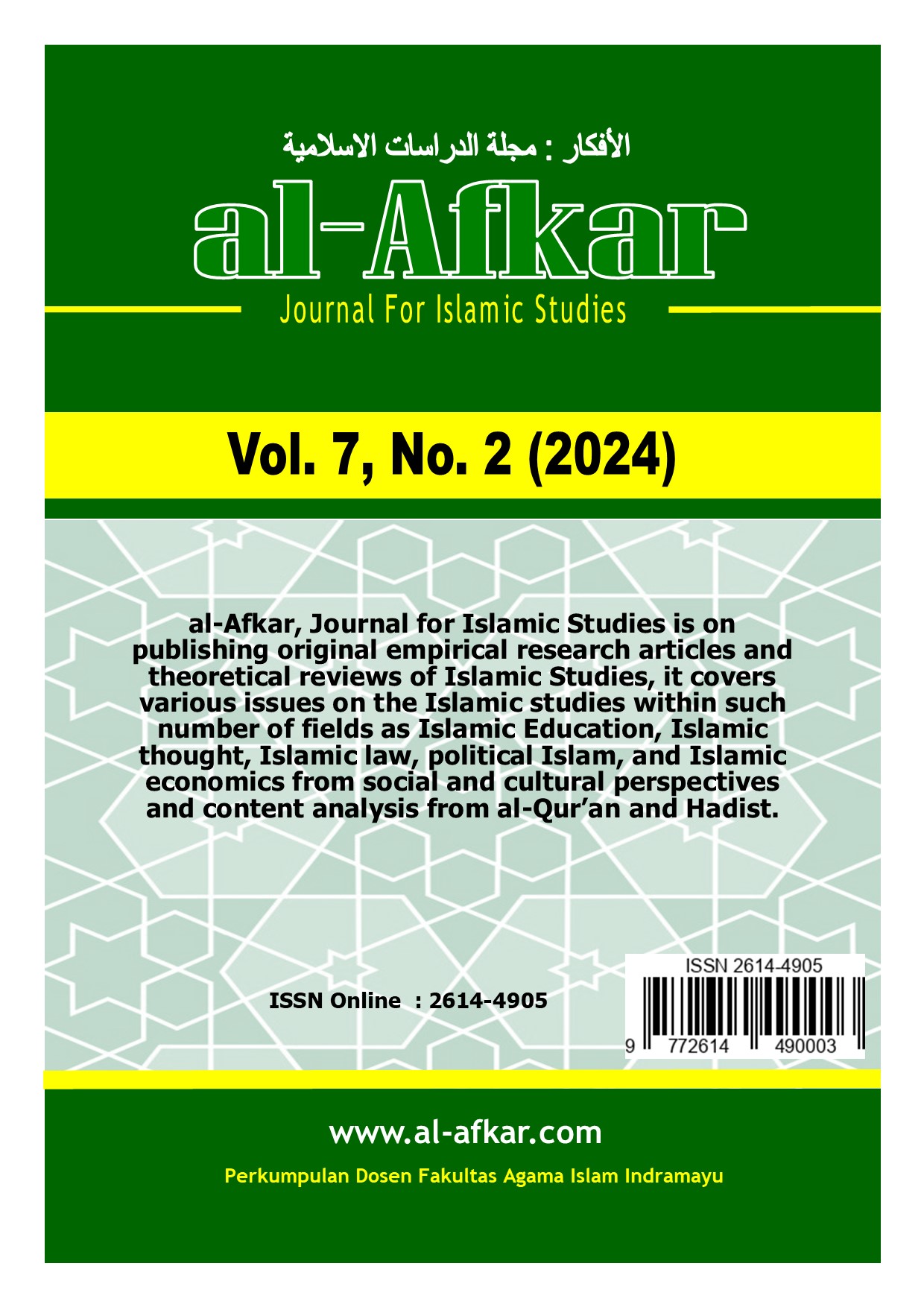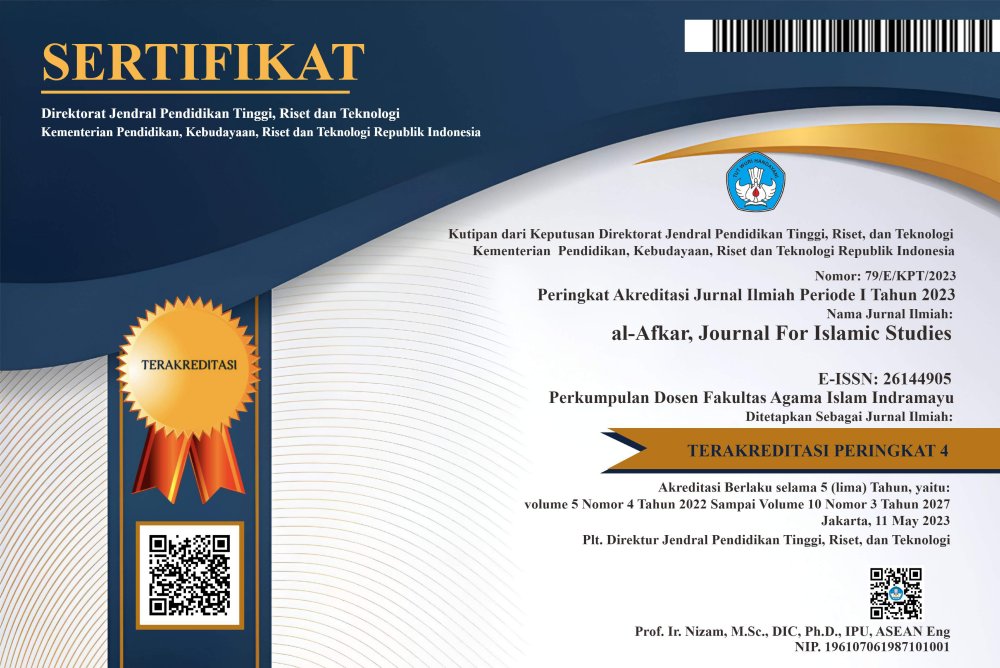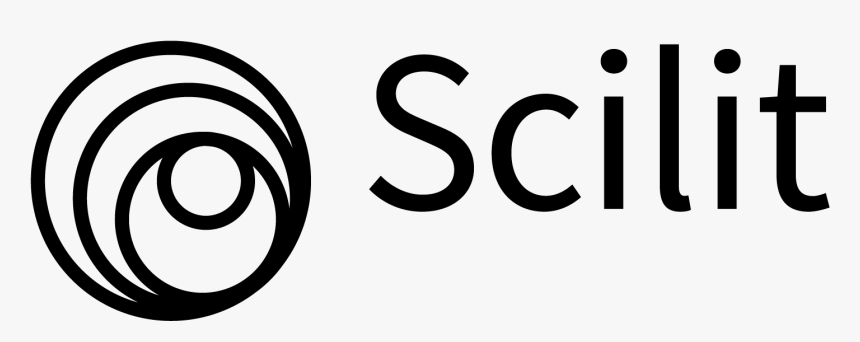Concept of Communication Ethics for Content Creators in Making Videos on the Mata Pena Youtube Channel
DOI:
https://doi.org/10.31943/afkarjournal.v7i2.956Keywords:
Concept, Communication Ethics, Content CreatorAbstract
The purpose of communication ethics is to convey messages and disseminate to the audience, but in delivering these messages there are things that must be considered both in terms of making the video and the conception of content creators in making the video, before publication, both the conception of themes, speech, or actions which must all be adjusted to the ethics in society. The type of research used by researchers is descriptive qualitative research with a case study approach. The data analysis techniques used are data reduction, data presentation and conclusion drawing. The results of the study can be concluded that the concepts used by content creators in making videos on the Mata Pena youtube channel include, choosing good words or not when they want to be used, adjusting to the circumstances (Life), writing scripts written one by one according to dialogue, rhymes in the script used to beautify sentences, which are included in normative ethics which are divided into social ethics and individuals who are more dominant in social ethics, As for its application, content creators apply direct and indirect communication, directly in writing or not and indirectly in the sense that it can be through facial expressions, clothes, actions and so on. Thus, the concept of communication ethics by content creators on the Mata Pena youtube channel is divided into individual ethics and social ethics.
Downloads
References
Afriani, F., & Azmi, A. (2020). Penerapan etika komunikasi di media sosial. Journal of Civic Education, 3(3), 331–338.
Ajinegoro, D. O., & Kurniawan, K. (2023). Efektivitas Media Sosial Instagram dalam Penyebaran Informasi Covid-19 oleh Diskominfo Kota Kupang Provinsi NTT. Jurnal Terapan Pemerintahan Minangkabau, 3(1), 56–68.
Arradian, D. (2022). Media Sosial dengan Pengguna Terbanyak di Indonesia dan Dunia. Retrieved July, 11, 2022.
Badrudin, B. (2021). Youtube Sebagai Sumber Belajar Sejarah di Era Revolusi Industri 4.0. Prosiding Pekan Sejarah 2020, 1(1), 98–105.
Barrett-Maitland, N., & Lynch, J. (2020). Social media, ethics and the privacy paradox. Security and Privacy from a Legal, Ethical, and Technical Perspective, 49.
Dwinda, S. R. (2019). Pemanfaatan Media Sosial Sebagai Sarana Pacaran Jarak Jauh Dalam Mempertahankan Hubungan (Analisis Kasus Pada Mahasiswa/I Jurusan Ilmu Komunikasi, FISIP Universitas Muhammadiyah Malang Angkatan 2015). University of Muhammadiyah Malang.
Hidayat, A., & Waskita, D. (2014). Kronologi Kasus Hinaan Florence Hingga Berujung Bui. Retrieved March, 4, 2017.
Indonesia, D. (2022). Pengguna Media Sosial di Indonesia Capai 191 Juta pada 2022. Diakses Dari Https://Dataindonesia. Id/Digital/Detail/Pengguna-Media-Sosial-Di-Indonesia-Capai-191-Juta-Pada-2022.
Keraf, S., & Imam, R. H. (1998). Etika bisnis. Yogyakarta: Kanisius.
Lipschultz, J. H. (2020). Social media communication: Concepts, practices, data, law and ethics. Routledge.
Lovari, A., & Bowen, S. A. (2020). Social media in disaster communication: A case study of strategies, barriers, and ethical implications. Journal of Public Affairs, 20(1), e1967.
Mastori, M., & Islamy, A. (2021). Menggagas Etika Dakwah di Ruang Media Sosial. KOMUNIKASIA: Journal of Islamic Communication and Broadcasting, 1(1), 1–18.
Moleong, L. J. (2016). Metodologi Penelitian Kualitatif. Remaja Rosdakarya.
Nuh, M. (2011). Etika Profesi Hukum. Pustaka Setia.
Pelanggaran Etika Periklanan dalam Youtube Halaman 1 - Kompasiana.com. (n.d.).
Perbedaan Komunikasi Langsung Dan Tidak Langsung PDF | PDF. (n.d.).
PRASANTI, A. N., & others. (2016). Analisis Semiotika Lirik Lagu Meghan Trainor “All About That Bass”(Rekonstruksi Definisi Cantik pada Wanita). Perpustakaan.
Ramadanty, S. (2014). Penggunaan komunikasi fatis dalam pengelolaan hubungan di tempat kerja. Jurnal Ilmu Komunikasi, 5(1), 1–12.
Rofik, M., & Amin, A. S. (2021). Pengaruh Komunikasi Interpersonal Orang Tua Dan Anak Terhadap Prestasi Belajar Siswa Kelas X. Hudan Lin Naas: Jurnal Ilmu Sosial Dan Humaniora, 2(2), 89–102.
Samsu. (2017). Metode Penelitian:Tteori dan Aplikasi Penelitian Kualitatif, Kuantitatif, Mixed Methods, serta Research & Development. In Diterbitkan oleh: Pusat Studi Agama dan Kemasyarakatan (PUSAKA) (pp. 22–34).
Sari, A. F. (2020). Etika komunikasi. Tanjak: Journal of Education and Teaching, 1(2), 127–135.
Soyomukti, N. (2012). Pengantar Ilmu Komunikasi. Ar-Ruzz Media.
Sudiyat, M. A., & Solahuddin, S. (2023). Konsep Dan Manajemen Dakwah Islam Di Era Digital. Moderation| Journal of Islamic Studies Review, 3(1), 125–134.
Sugiyono. (2019). Metodologi Penelitian Pendidikan (Kuantitatif, Kualitatif, Kombinasi, R&D dan Penelitian Pendidikan). Alfabeta.
Sutarsih, C. (2009). Etika Profesi. Jakarta: Dirjen Pendis Kemenag RI.
Downloads
Published
How to Cite
Issue
Section
License
Copyright (c) 2024 Firman Ashari, Ahmad Zurfikar Ali

This work is licensed under a Creative Commons Attribution 4.0 International License.



















